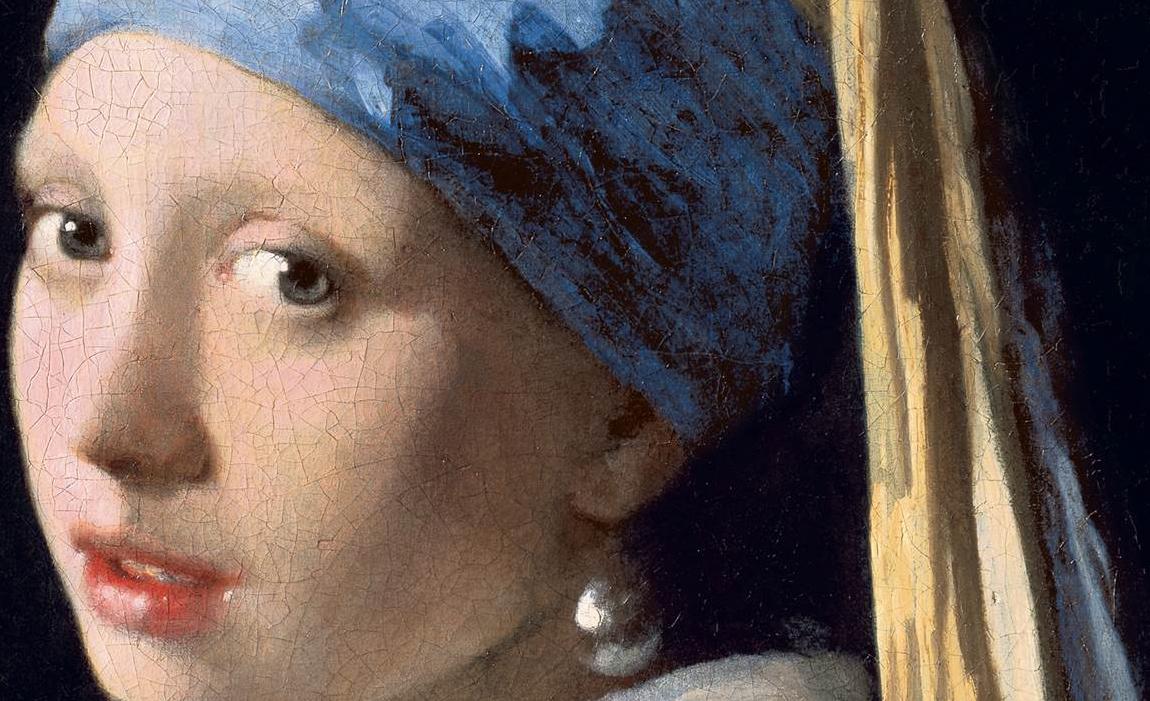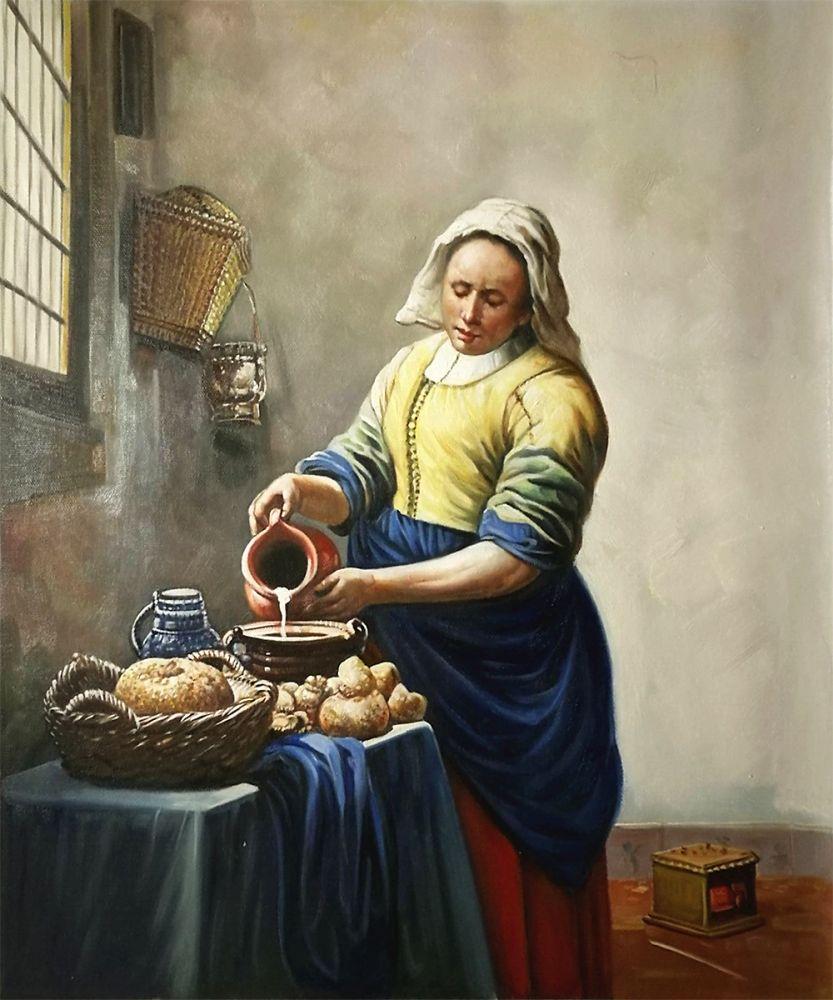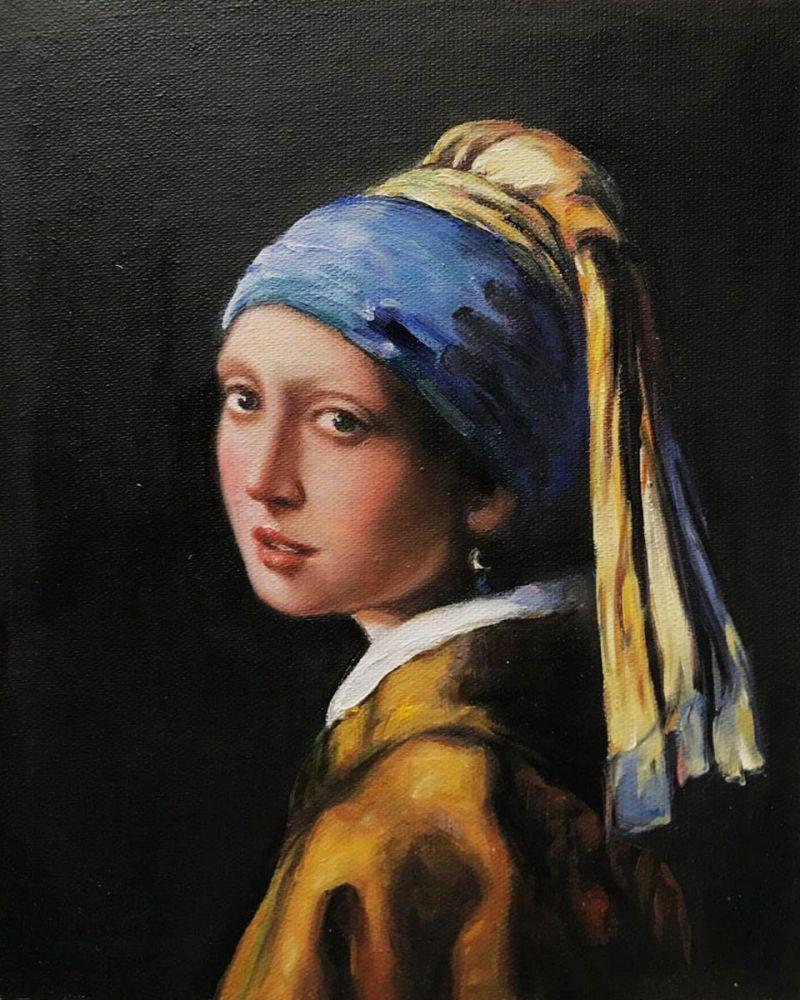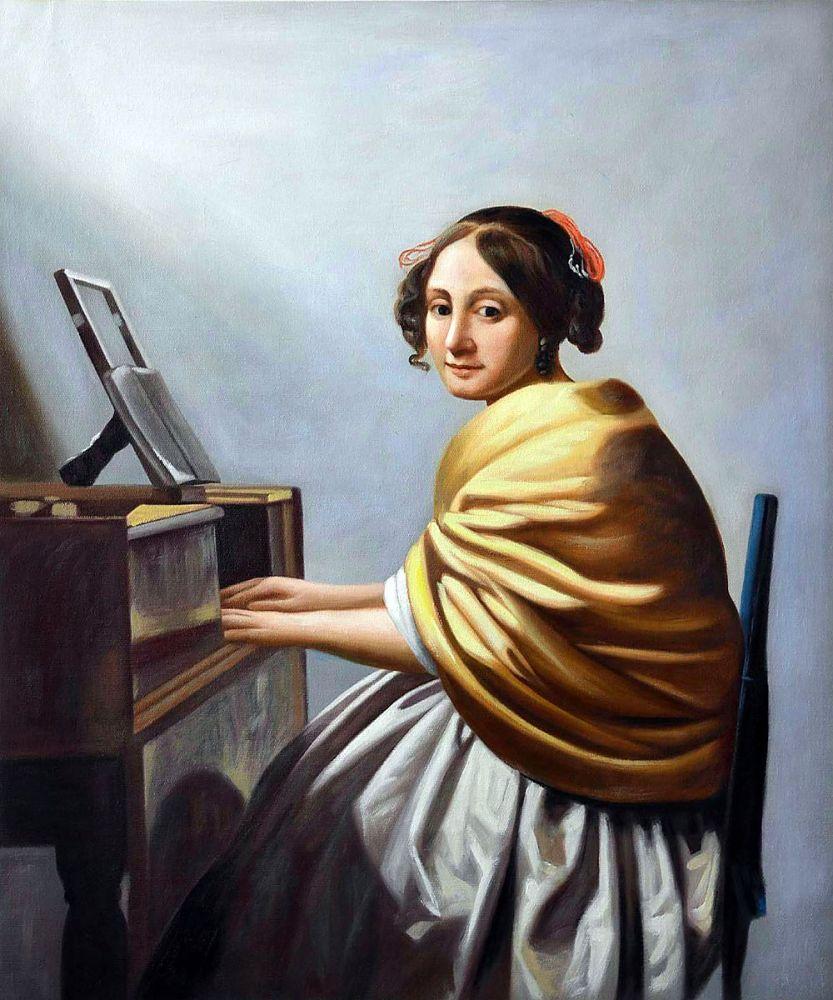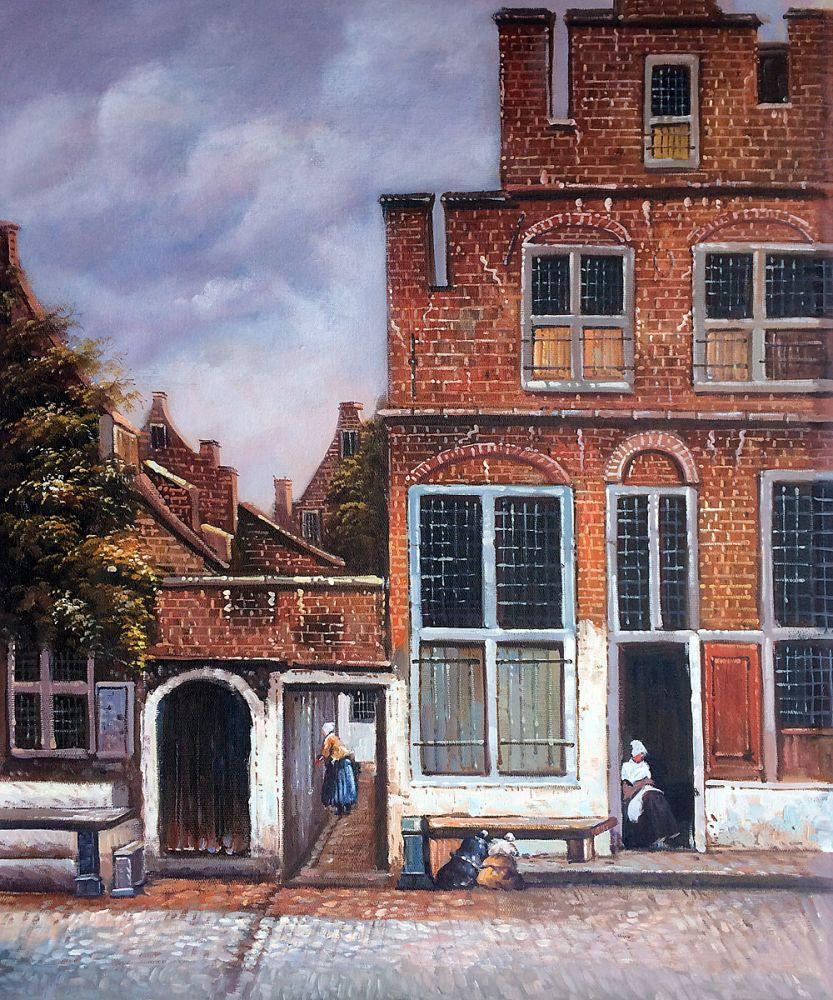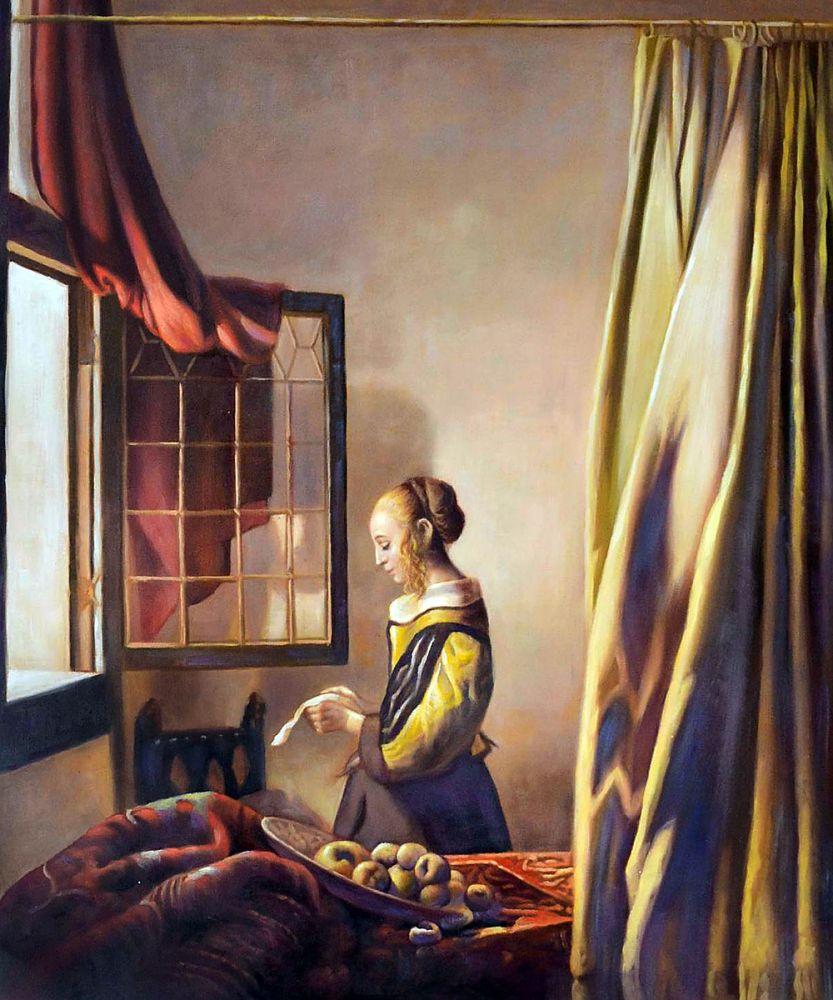Art
Art History
Johannes Vermeer and the Timeless Beauty of The Milkmaid
Johannes Vermeer, one of the greatest Dutch painters of the 17th century Dutch Golden Age, is known for his masterful use of light, composition, and intimate domestic scenes. His works capture fleeting moments with remarkable realism, often infused with a sense of stillness and contemplation. Among his most celebrated masterpieces is The Milkmaid (c. 1658), a painting that epitomizes his genius in portraying simple yet profound moments of daily life.
The Milkmaid: A Study in Light and Detail
The Milkmaid presents a young woman carefully pouring milk from a jug into a bowl, absorbed in her task. The painting stands out for its exquisite detail, from the subtle play of light on her clothing to the meticulously rendered bread on the table. Vermeer’s characteristic use of natural light, streaming from a window to the left, gives the scene a warm and lifelike quality.
While seemingly a simple domestic scene, The Milkmaid invites deeper interpretations. The careful rendering of textures-like the rough walls, the rich blue and yellow hues of the maid’s dress, and the glistening milk-elevates the mundane into something almost sacred. Some art historians suggest symbolic meanings hidden in the composition, such as themes of purity and domestic virtue.
Johannes Vermeer’s The Milkmaid is housed in the Rijksmuseum in Amsterdam, Netherlands. It is one of the museum’s most treasured masterpieces and a highlight of its collection of Dutch Golden Age paintings.
The Enigmatic Girl with a Pearl Earring
Another of Vermeer’s most famous works, Girl with a Pearl Earring (c. 1665), is often referred to as the “Mona Lisa of the North.” Unlike The Milkmaid, which is deeply grounded in the realism of daily life, Girl with a Pearl Earring is an example of a tronie-a genre painting depicting an idealized or expressive character rather than a specific person. The young girl’s captivating gaze, slightly parted lips, and luminous pearl earring make the portrait almost hypnotic. Her blue and gold turban adds an exotic flair, further heightening the painting’s mysterious allure.
Other Vermeer Masterpieces
Beyond these two iconic paintings, Vermeer’s oeuvre includes other stunning works that showcase his artistic brilliance:
The Little Street (c. 1657-58): A rare depiction of Delft’s urban life, this painting shows a quiet corner of the city with incredible attention to detail. The weathered brick walls, cobblestone street, and everyday domestic activity offer a glimpse into 17th-century life in Holland.
Young Woman Seated at the Virginals (c. 1670–72): A work that exemplifies Vermeer’s fascination with music, this painting captures a young woman engaged in playing a virginal, a type of harpsichord. Music was often a symbol of harmony and love in Dutch Golden Age paintings, and Vermeer imbues the scene with a serene and intimate atmosphere.
Reading a Letter at an Open Window (c. 1657–59): This painting, rediscovered in its original form after centuries of being altered, shows a young woman deeply engrossed in reading a letter, with light softly illuminating her face. The recently revealed Cupid painting in the background hints at the romantic nature of the letter, adding another layer of narrative to the piece.
Vermeer’s Enduring Legacy
Though Vermeer was not widely recognized during his lifetime, his paintings are now among the most revered in art history. His ability to capture everyday moments with unparalleled depth, texture, and emotion continues to inspire viewers and artists alike. Whether depicting a young woman pouring milk, a girl wearing a pearl earring, or a quiet street in Delft, Vermeer’s work remains timeless, inviting us to pause and appreciate the beauty in life’s simplest moments.


